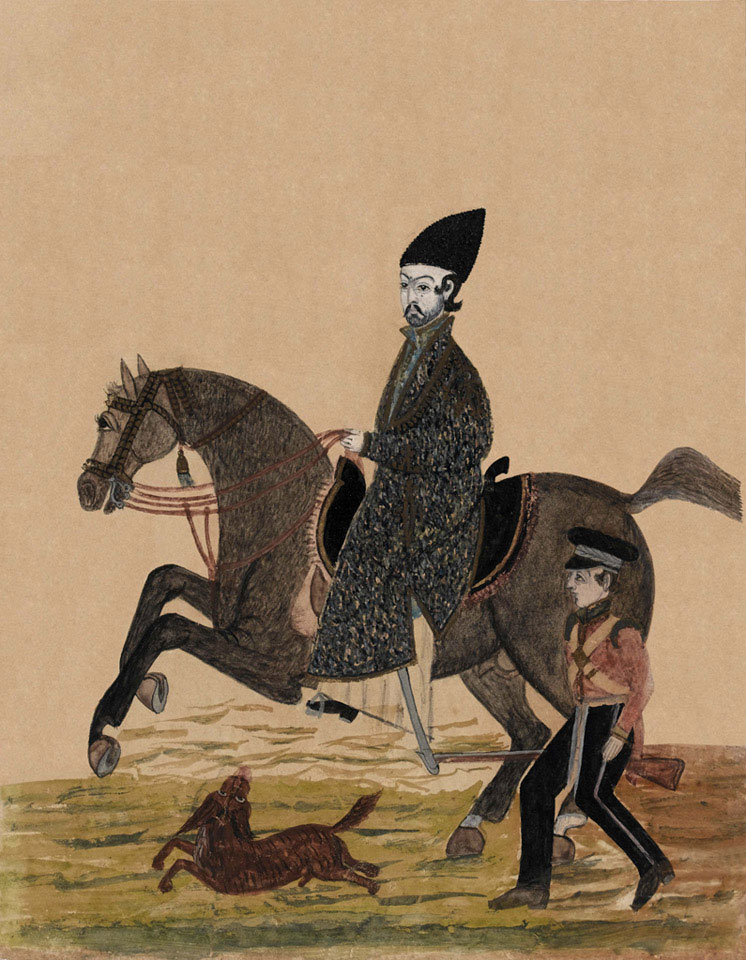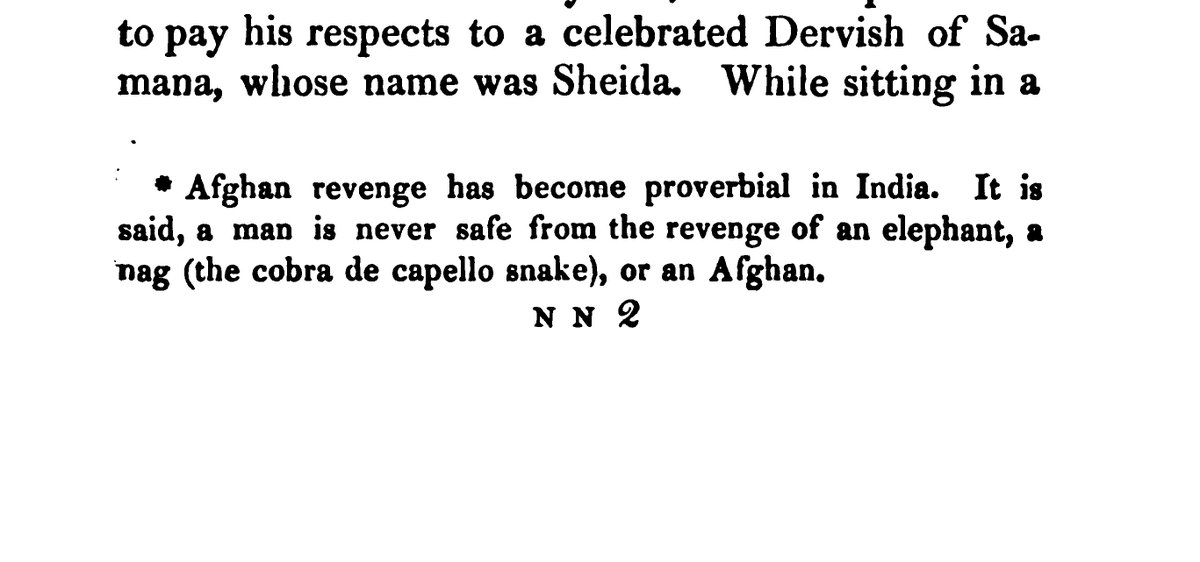
1842 (c): The painting by James Atkinson showing the doors which were removed from the mausoleum of Sultan Mahmood of Ghazni by the British invaders. The latter believed it to be the "sandalwood gates of Somnath temple".
British invaders desecrated the tomb and removed the door
British invaders desecrated the tomb and removed the door

in 1842 to restore their injured pride and ego, to upset the sentiments of Pashtuns (British erroneously thought that Sultan Mahmud was a Pashtun) and to gratify the Hindus.
James Atkinson (the painter) writes: "This is the relic which the Sikh Chieftain Runjeet Sing so much
James Atkinson (the painter) writes: "This is the relic which the Sikh Chieftain Runjeet Sing so much
coveted as to wish to make its restoration a condition to his affording aid to the cause of Shah Shoojau, but that Monarch replying that his compliance with the demand would disgrace in the eyes of his nation, the request was not insisted on. It has now, however, been brought to
India under orders from the Governor General, Lord Ellenborough, by Major General Sir William Nott’s force, as a record of the triumph of the British arms, and the humiliation of the Afghans. It is to be restored to the Temple whence it was originally taken."
"The Supposed Gates of Somnauth, in the arsenal of the fort at Agra," from the Illustrated London News, 1872. 

• • •
Missing some Tweet in this thread? You can try to
force a refresh










